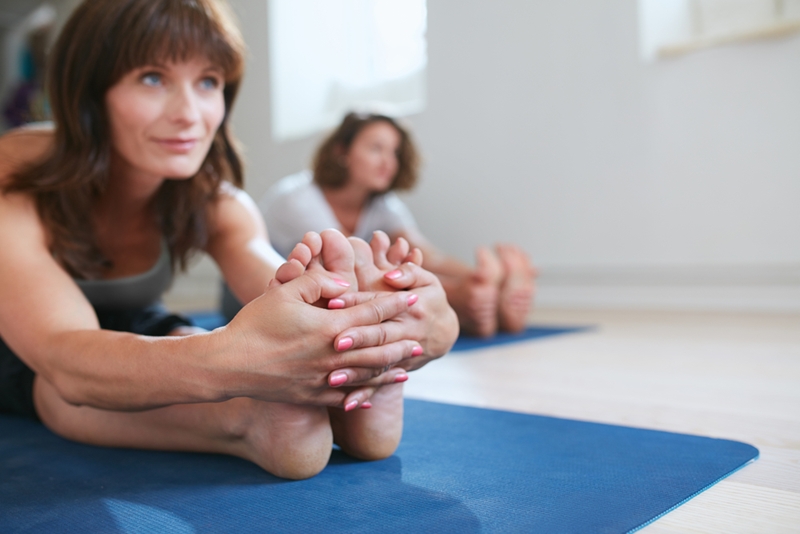The GMS Queen City Marathon is just a few months away, so you should begin ramping up your training routine. While it's important to get out and run regularly to prepare for the race, a well-rounded training program should include much more. Cross-training with varied exercises is crucial for maintaining your health and fitness so that you can cross that finish line on Sept. 10.
Why cross train?
One of the most common mistakes runners will make is not dedicating enough time to cross-training, an athletic strategy of using diverse workouts to supplement a primary activity. The importance of running to train is clear to most of us - after all, practice makes perfect, so it makes sense that we'll improve our endurance and cut down on our times by getting out there and running more often before the big day. How swimming, weight lifting or yoga may apply to us, however, can be a harder connection to make at first.
When we run, we work some of our muscles very hard and in a very specific way. While both running and say, squat exercises, target our quads, the muscle don't get the same workout from both activities. The stretch and flexibility our quadriceps get during a deep, stationary squat isn't the same as when our body is upright and running forward.
"Along with injury prevention, cross-training also builds endurance."
We also need to keep in mind that all of our muscular systems are connected. Lumbar pain may originate in the lower back, or it could be the result of tight hamstrings and glutes.
So, if we're only activating certain muscles and using them in the same way each time we run, we're creating an imbalance to our systems. As Best Health Magazine explained, this can increase the risk for injury.
"One of the biggest things I see with runners is their programs are void of any strength training, which can lead to future problems with joints and common injuries," Brent Bishop, a personal trainer in Toronto and author of fitness book "The Think Factor," told the magazine.
He explained that certain muscle weaknesses can affect how our joints move, and repetitive motions based on those movements can lead to injury. Building strength and muscle around the joints will make them more stable, decreasing the chances that your ankle will roll or your knee will buckle. Adding in more exercises to your training routine that target these muscle groups will ensure you're balancing out your muscle groups to avoid injury.
Canada Running Series added that, along with injury prevention, cross-training also builds endurance and helps your body recover from hard runs.
 Yoga is a great way to work muscles at a lower intensity.
Yoga is a great way to work muscles at a lower intensity.
What kind of cross-training is best for running?
The good news about cross-training is that there are a number of ways you can get in more kinds of exercise, so it's easy to find something you like to do. Some examples are:
- Weight training. Whether you have a gym membership, free weights at home or you prefer to do body-weight exercises, you can target muscle groups and get a great workout in with weight training. Use dumbbells to do wide rows, back flies or dead lifts to work your back muscles. Use your own body to do squats, mountain climbers and burpees. Whichever exercises you choose to do, adding some weight to your routine will better balance your body.
- Water sports. Just in time for summer, Canadian Running Magazine recommended a number of water sports for cross-training. Swimming, kayaking and water aerobics are all great ways to have fun in the sun while also getting a full-body workout.
- Yoga. Yoga is a great cross-training exercise because it works many different muscle groups through low-impact stretches and exercises, which are easier on your joints. You can signup for a group class or simply watch videos online to follow along with the right yoga routine for you.
Whatever you choose to do for cross-training, it's important to do it safely and correctly. Trying to jump into a new exercise before you've learned the proper technique could lead to injury, so take your time to do it right to get the best results.